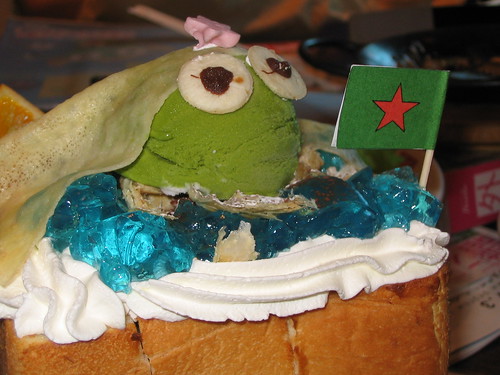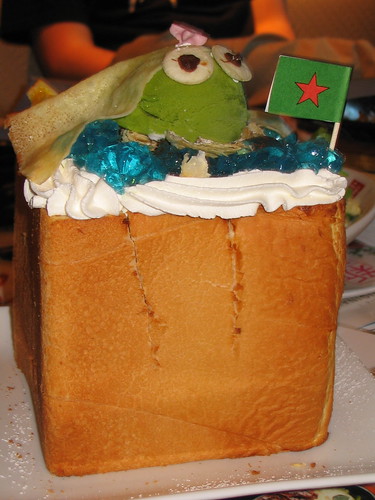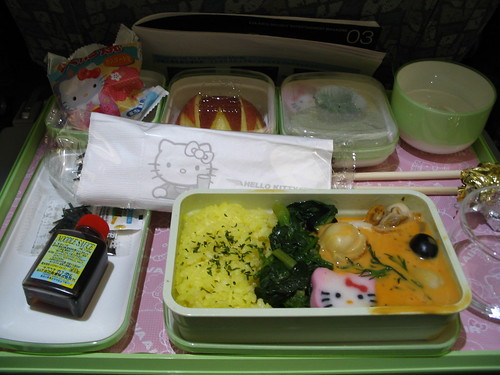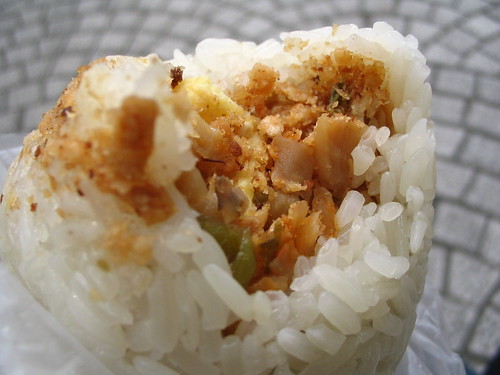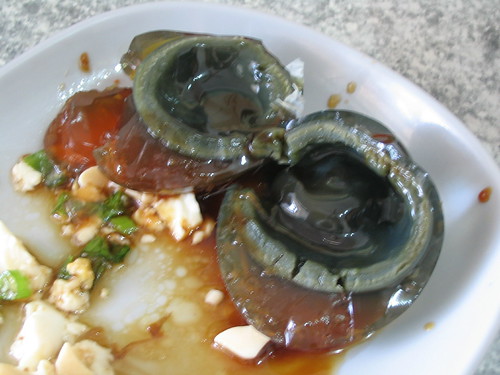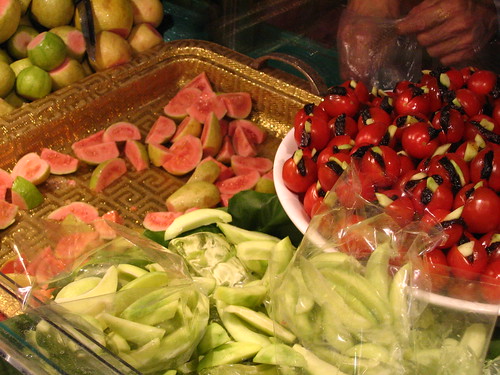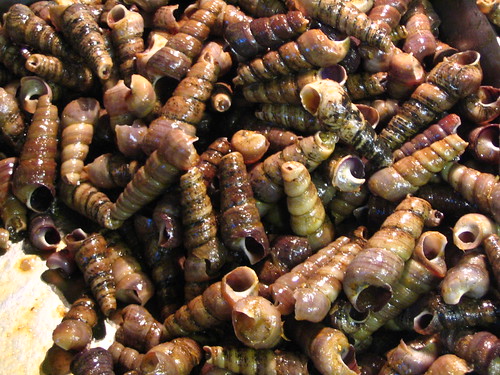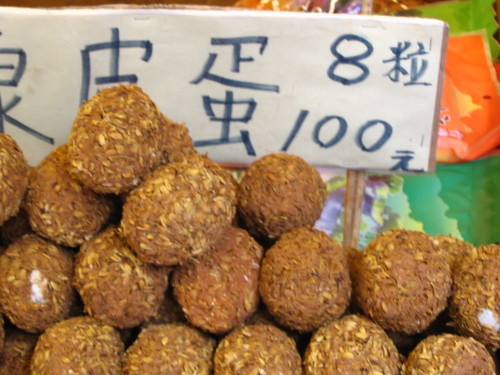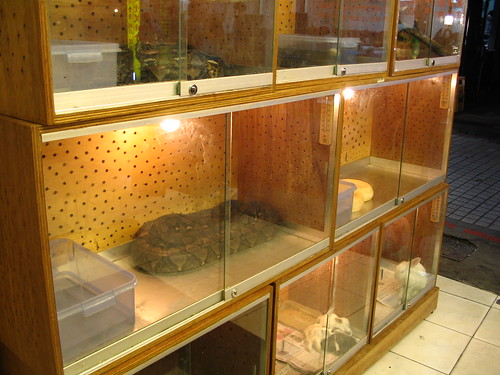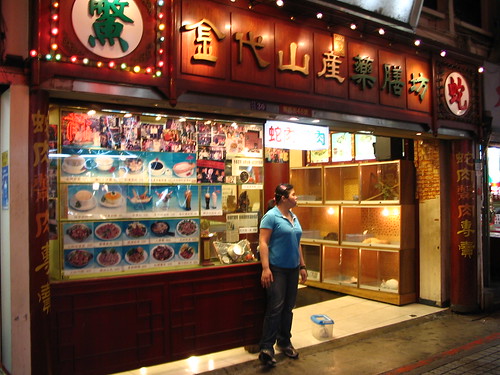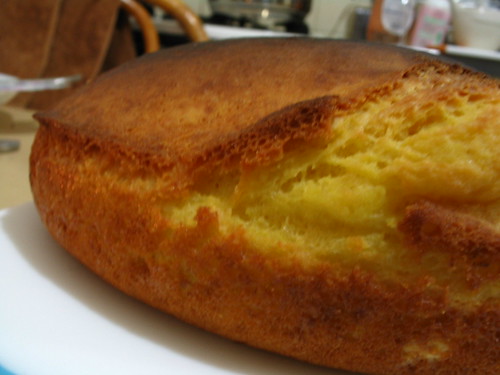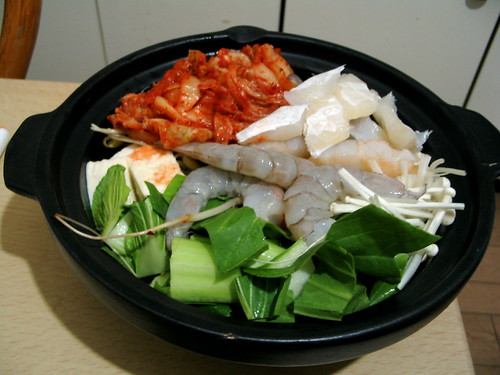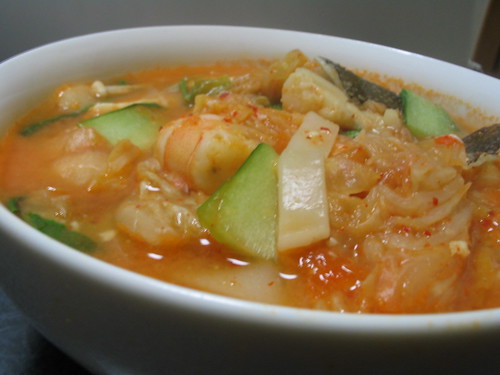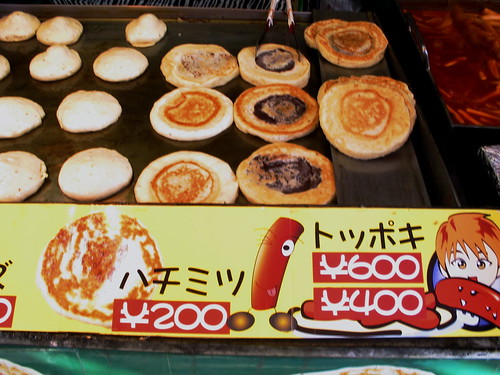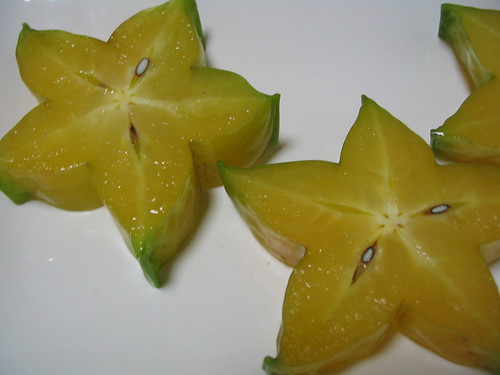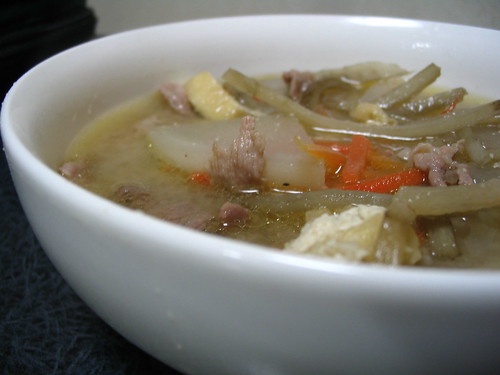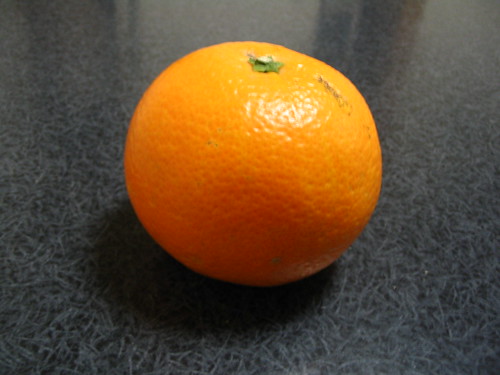Green beans with ground pork - いんげんの 挽肉 いため
While in Taiwan, I ate some stir fried green beans that had been tossed with ground pork, ginger and spring onions. They didn't look like much...
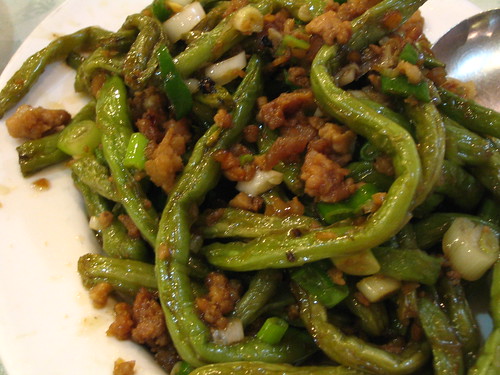
.. but they were suprisingly delicious, easily outshining the duck and pork we'd ordered. So imagine my happiness on Monday when I came across a similar recipe in one of my Japanese cookbooks (Harumi Kurihara's Japanese Cooking), with chili and soy sauce as the central flavours.
The original recipe involved making an infused oil, which seemed like too much work for a quick Tuesday night meal, so I just used the ingredients as is and hoped for the best. Following Kurihara's advice I kept the beans al dente, rather than aiming for the well browned and withered look of the first picture, and it seemed to help their flavour come through in the final dish. It was 'can't wait to eat it again for lunch' good, with just the right touch of heat and very very salty. I'm a salt-fiend, but I'd probably cut back on the soy a little next time.
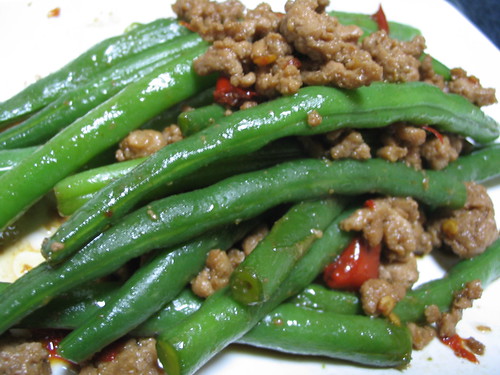
Recipe: Green Beans with Ground Pork - いんげんの ひき肉 いため
Serves 2 with rice
200 grams green beans (いんげん)
100 grams pork mince (豚挽肉)
4 small chilies, seeds removed and finely diced**
1 clove garlic (にんにく), minced
green onions, finely chopped
sesame oil (ごま油)
1 1/2 TBSP soy sauce (しょうゆ)
1/2 tsp fine sugar
- Prep the beans and par-boil for a few minutes, remove when just tender and rinse in ice water.
- In a fry pan, heat the sesame oil, garlic and green onions until fragrant and stir fry the pork.
- Add chili peppers, 1 TBSP soy and the sugar.
- When the pork is cooked through, add the green beans and mix together.
- Sprinkle with a further 1/2 TBSP soy sauce and serve immediately.
You can serve this over rice for a quick meal, or as one of a few side dishes. I was craving nori so I made myself a few brown rice onigiri and some sweet crunchy kabo (Japanese turnip) pickles and tucked in in front of the TV. It's nice to be back home in my own kitchen.
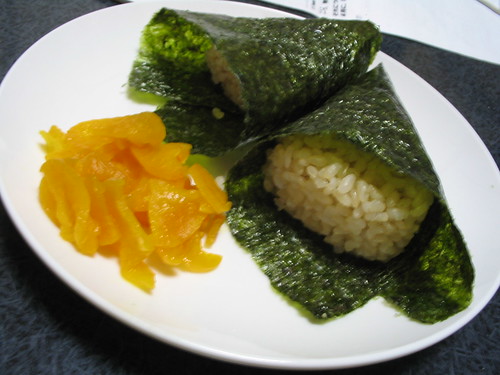
(Looking around the internet, I also found a Thai version, a Japanese recipe without the pork, and awestern variation with ground turkey. Now I'm just surprised I'd never eaten green beans this way before.)
